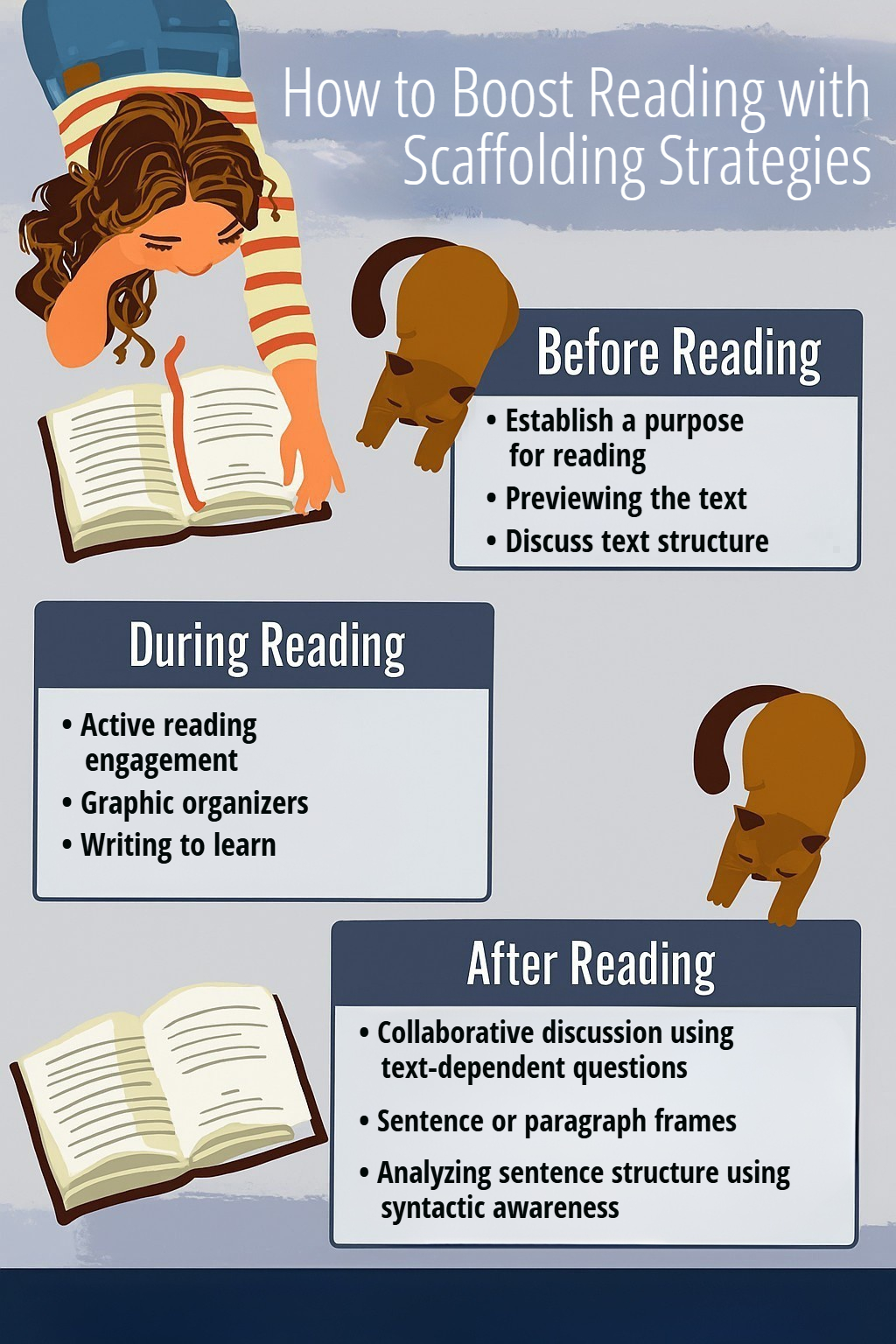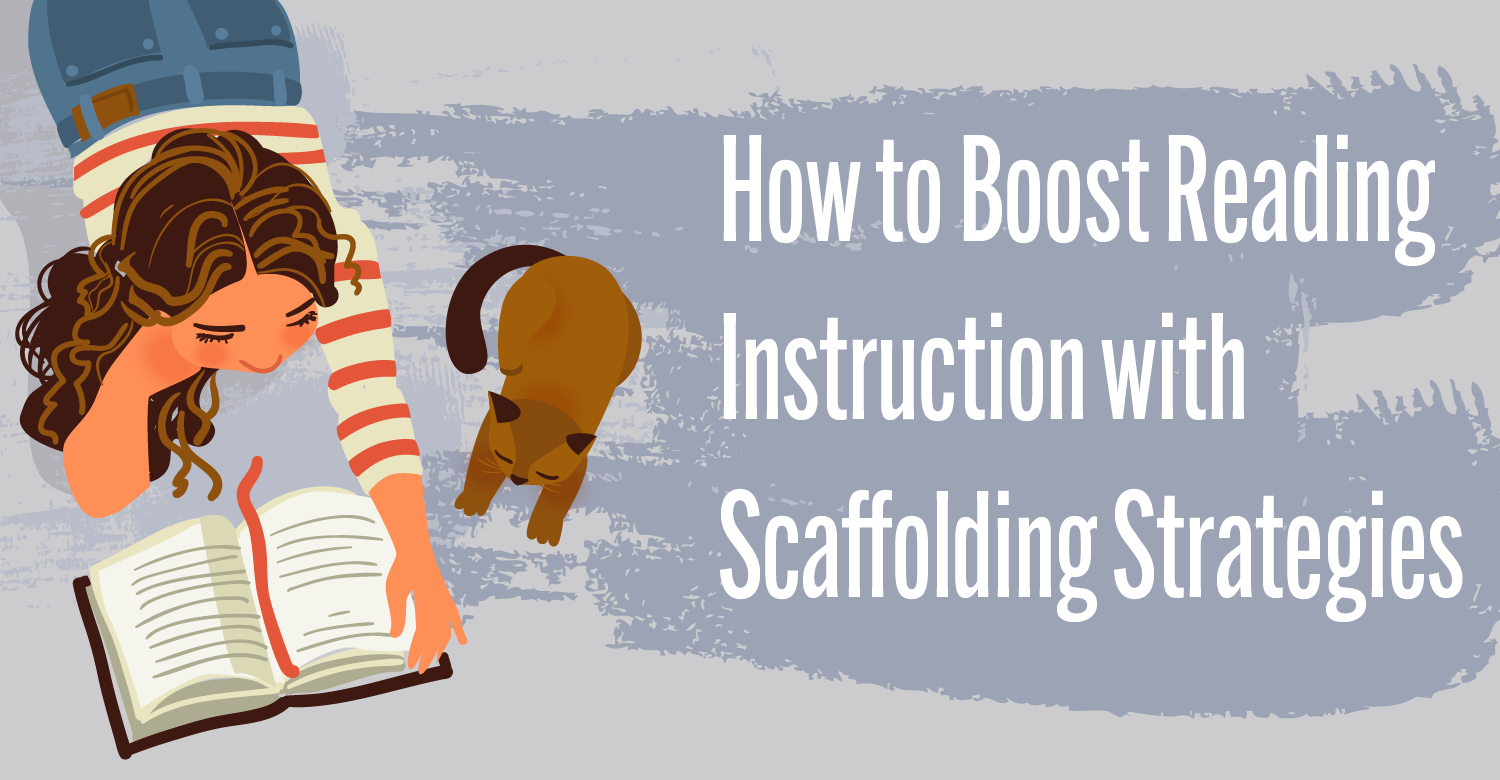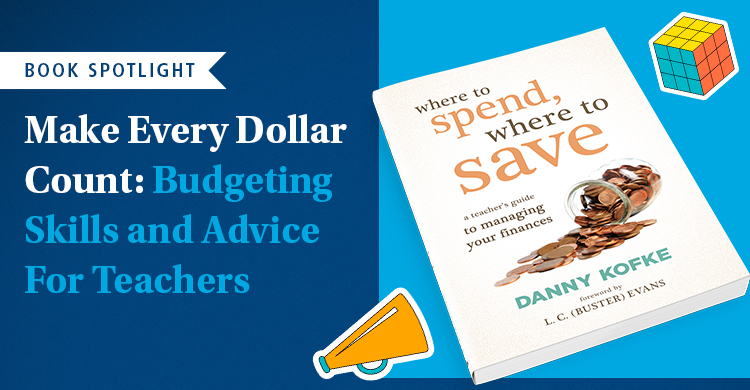The typical classroom in the United States today has greater learner variability than ever before. Teachers now have more students from diverse backgrounds, more students whose first language is not English, and more students identified with a learning disability or experiencing characteristics of dyslexia. With such classroom diversity, teachers are experiencing an even broader range of student knowledge and skills when it comes to reading ability. This reality makes effective, differentiated reading instruction more important than ever.
So, what is a teacher to do when faced with the challenge of engaging all students in grade-level text?
The power of scaffolding grade-level texts for student growth
Fortunately, there are dozens of studies that provide us great insight into how to best support all learners (Shanahan, 2011). Contrary to the popular practice of leveling students in text that matches their instructional level, the research consistently shows that we can accelerate student learning when we engage students in more challenging texts, frequently referred to as frustrational level text, using scaffolding. Furthermore, incorporating connected text into daily instruction to build proficient readers is critical for developing strong readers (National Reading Panel, 2000; Jenkins et al., 2004, Foorman et al., 2019).
The difficulty of the text can be mitigated through scaffolding strategies that address the conditions that may make the text challenging for the student. For example, a fourth grader reading at second-grade level may benefit from frontloading key vocabulary, building background knowledge, or partner reading with a more capable peer to scaffold the text effectively.
Why matching students to text limits growth
In the past, many of us were trained to match students to the text that they could read with little difficulty. We spent hours individually assessing students to get their reading level and then selected “just right” books for practice. While these texts require minimal support, this approach limits students’ access to grade-level content, vocabulary, and concepts, potentially keeping them behind permanently.
How will students gain access to grade-level text if we continue to provide only texts they can already read?
How to build strength in reading over time
Think of reading like lifting weights. If you’re doing biceps curls with 10-pound weights and can easily do 15 repetitions, you won’t build strength unless you increase the weight gradually with support. Similarly, students need scaffolding to “lift” more challenging texts successfully.
Just as you wouldn’t jump from 10-pound to 20-pound weights overnight, students shouldn’t be expected to read more difficult texts without the right scaffolds in place. We need to use their reading level to determine the appropriate level of scaffolding needed to provide to help them “lift” that heavier text. Our role as teachers is to provide our students with access to grade-level text by identifying and implementing scaffolding strategies that help them successfully engage with the material and build their reading “muscles” over time.
3 simple ways to scaffold a text
There are many research-based ways we can scaffold a text, and it’s essential to consider the unique needs of your students. Follow these steps:
-
Identify the challenges in the text
As you think about the text you want to engage your class in, consider what makes the text challenging for your students. Is it the vocabulary of the text? If so, then we would take time to frontload some of the key vocabulary needed to understand the text. Is the topic unfamiliar to most of your students? Then, we may want to take a few minutes to build their background with perhaps a short video about the topic. Maybe the text has complex syntax and a high percentage of multisyllabic words. If that is the case, then consider a combination of partner reading, paragraph shrinking, and chunking text, which would provide the necessary scaffolding.
-
Choose scaffolding strategies to address those barriers
Once you have identified what makes the text challenging, select scaffolding strategies that will help mediate those difficulties.
-
Determine when to use each strategy
Some strategies are best used prior to the reading to activate prior knowledge or to build background they may need to understand the text. Others, like collaborative text-based discussions, make more sense during or after the reading to give students more time to process and focus on specific portions of the text.

Here are a few scaffolding strategies organized by when they are best employed in the reading process:
Before, during or after
This is a great foundation to implement effective scaffolding strategies to support developing readers in grade-level material and content. Let’s stop spending time matching kids to text, reading the text to them, or having the stronger readers read it, and instead, focus on creating the conditions that enable access to challenging texts.
About the educator
Dr. Jennifer Throndsen is the author of Raising Up Readers: 25 Scaffolding Strategies to Help Students Access Challenging Text which includes additional ideas of how to scaffold learning. She is a former elementary and middle school teacher, instructional coach, district office specialist, and state director, known for her impact on student learning and passion for student-centered learning. Visit her website for additional resources and more information www.impactfullearningdesigns.com






